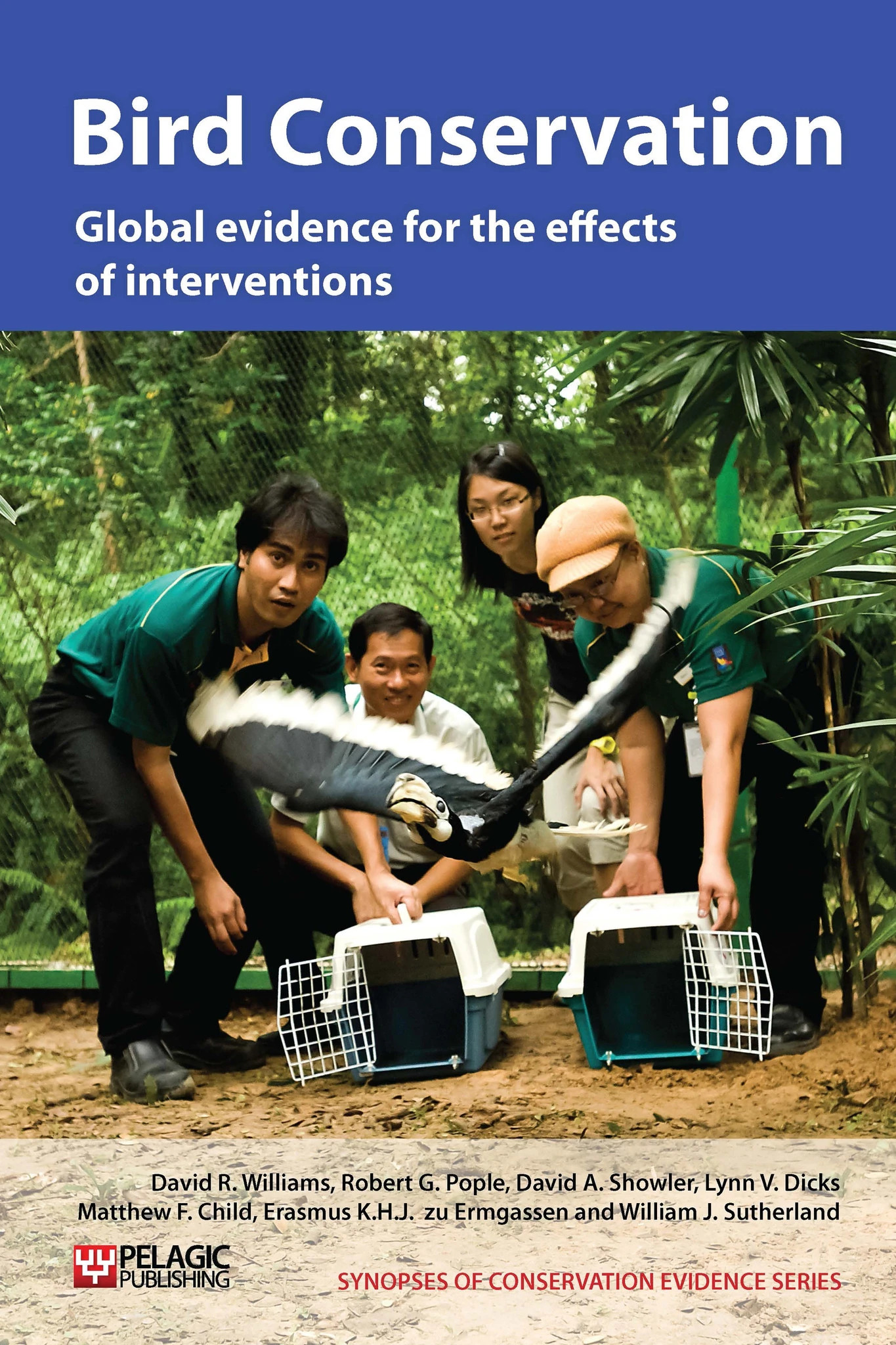Use techniques to increase the survival of species after capture
-
Overall effectiveness category Likely to be beneficial
-
Number of studies: 2
View assessment score
Hide assessment score
How is the evidence assessed?
-
Effectiveness
49% -
Certainty
41% -
Harms
0%
Supporting evidence from individual studies
A small controlled study over the summers of 1986-1988 tested two transportation methods (prior to reintroduction attempts) from Michigan to Ohio, USA (Bocetti 1994) and found that Nashville warblers Vermivora ruficapilla were more likely to survive using a modified technique that provided dark, quiet environments, prompter delivery of food and water and reduced handling time. When the standard technique for introducing warblers to captivity was used, 79% of warblers appeared to adapt to the captive environment and five birds died. When the new technique was used, 88% and 96% warblers (1987 and 1988 respectively) adapted, significantly more than when using the standard technique. A total of 188 trips (612 km one-way) were made without fatality.
Study and other actions testedA small controlled study on Hawaii in December 1996 evaluated the effects of translocation on common amakihi Hemignathus virens and Japanese white-eyes Zosterops japonicas (Work et al. 1999). Birds kept overnight without thermal support had significantly higher mortality rates (4/10 birds in both species) than those provided with thermal support (0/10 common amakihi and 1/10 Japanese white-eyes), and birds that lost the most weight had the highest mortality. Birds were captured, transported by car for four hours and kept in captivity for 48 hours before release. All birds suffered weight loss, and fat and protein store depletion, with all deaths occurring within the first 24 hours following capture, regardless of whether the birds were quarantined and then transported or transported and then quarantined. Bird age, capture weight, or fat score did not affect survival rates.
Study and other actions tested
Where has this evidence come from?
List of journals searched by synopsis
All the journals searched for all synopses
This Action forms part of the Action Synopsis:
Bird Conservation
Bird Conservation - Published 2013
Bird Synopsis





)_2023.JPG)














